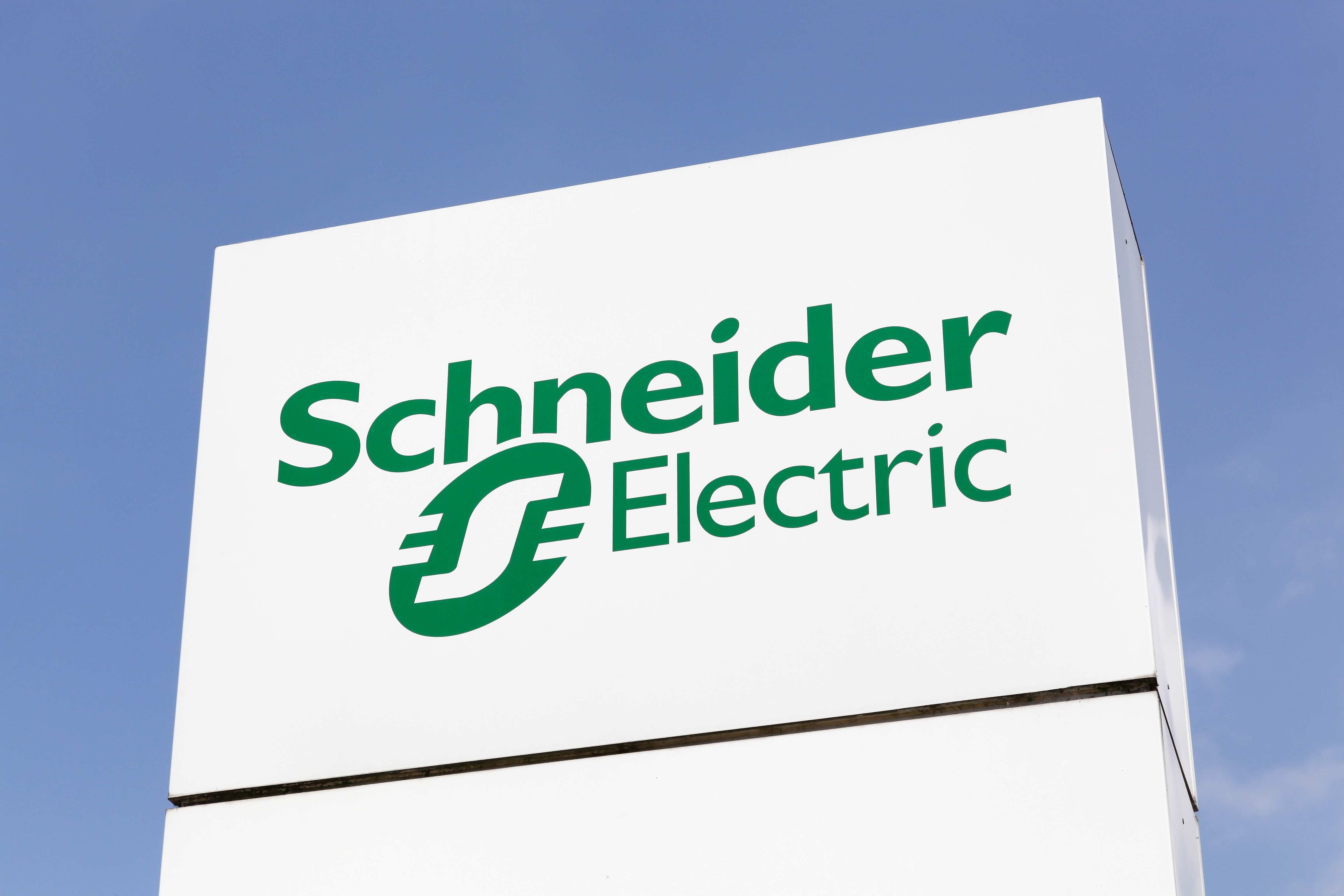Schneider Electric launches Li-ion vs VRLA comparison tool
Tool incorporates energy costs, capacity and service life to determine lifetime costs


Schneider Electric has announced a new Data Centre TradeOff Tool, which allows channel partners to model the long-term costs of deploying Lithium-ion batteries over traditional Valve Regulated Lead-Acid (VRLA).
Developed by the firm's Data Centre Science Centre, the 'Lithium Ion vs VRLA TradeOff Tool' uses data-driven algorithms to detail the overall costs incurred when deploying the cells in uninterrupted power supply (UPS) applications.
To determine total cost of ownership benefits, the tool incorporates factors such as source location, associated energy costs, UPS capacity, service life, backup time, replacement period, as well as the cost of housing the batteries.
The move forms part of the digital transformation firm's drive to promote the benefits of Li-ion cell-based UPS, which it says offers more resilient backup power for data centres, as well as a 10-40% lower TCO over a 10-year period when compared to typical VRLA-based UPS systems.
"In late 2018, a Bloomberg New Energy Finance report forecasted that 40% of data centre battery backup would incorporate lithium-ion by the year 2025," said Wendy Torell, senior research analyst at Schneider Electric's Data Centre Science Centre.
"Among hyperscale data centres, this forecast is predicted to be even greater at 55%."
Thanks to their design and cell chemistry, Lithium-ion batteries are smaller, lighter and boast a longer lifecycle than lead-acid alternatives and their ability to withstand more charge/discharge cycles and recharge faster means less maintenance and fewer replacements.
ChannelPro Newsletter
Stay up to date with the latest Channel industry news and analysis with our twice-weekly newsletter
Other key benefits include a smaller footprint and increased energy efficiency, which offers key cost benefits to hyperscale, colocation and cloud service providers, Schneider said.
"Li-ion cells also present many benefits for critical power solutions used by Internet Giants, colocation and cloud service providers," Torell added. "Here, space is often at a premium and the smaller footprint offers significant revenue advantages as more white space becomes available to accommodate customers."
Dan is a freelance writer and regular contributor to ChannelPro, covering the latest news stories across the IT, technology, and channel landscapes. Topics regularly cover cloud technologies, cyber security, software and operating system guides, and the latest mergers and acquisitions.
A journalism graduate from Leeds Beckett University, he combines a passion for the written word with a keen interest in the latest technology and its influence in an increasingly connected world.
He started writing for ChannelPro back in 2016, focusing on a mixture of news and technology guides, before becoming a regular contributor to ITPro. Elsewhere, he has previously written news and features across a range of other topics, including sport, music, and general news.
-
 Asus ZenScreen Fold OLED MQ17QH review
Asus ZenScreen Fold OLED MQ17QH reviewReviews A stunning foldable 17.3in OLED display – but it's too expensive to be anything more than a thrilling tech demo
By Sasha Muller
-
 How the UK MoJ achieved secure networks for prisons and offices with Palo Alto Networks
How the UK MoJ achieved secure networks for prisons and offices with Palo Alto NetworksCase study Adopting zero trust is a necessity when your own users are trying to launch cyber attacks
By Rory Bathgate